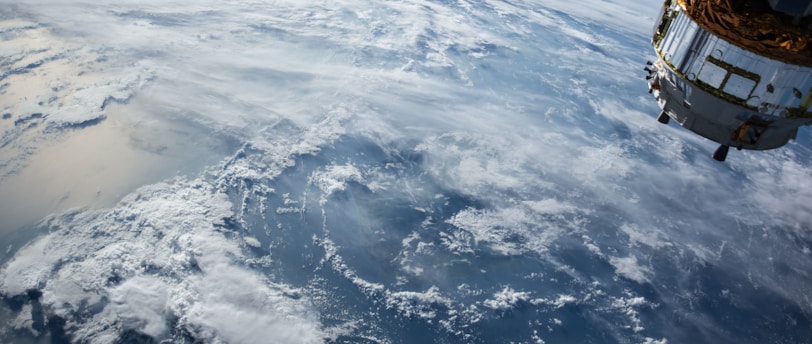Safeguarding Earth's Orbit: Researchers Advocate for International Measures to Address Dangerous Space Debris
In recent years, the increasing number of space missions and satellite launches has resulted in a significant accumulation of space debris, posing a threat to future space endeavors (Kessler, 2021). In response, a team of international researchers is calling for global action to address this growing hazard.
OTHER
Joshua Palfreman
3/22/20232 min read


In recent years, the increasing number of space missions and satellite launches has resulted in a significant accumulation of space debris, posing a threat to future space endeavors (Kessler, 2021). In response, a team of international researchers is calling for global action to address this growing hazard.
Space debris, also known as space junk, consists of defunct satellites, spent rocket stages, and other remnants from human-made objects in orbit (Liou, 2020). These fragments are not only dangerous to functioning satellites but also to crewed spacecraft and the International Space Station (ISS). As the quantity of debris increases, so does the likelihood of collisions, which could lead to further debris generation, known as the Kessler Syndrome (Kessler, 2021).
Dr. Luisa Innocenti, head of the European Space Agency's (ESA) Clean Space Initiative, emphasizes the urgent need to address space debris, stating that "the proliferation of debris is making certain orbits increasingly hazardous" (Innocenti, 2022). Recognizing the gravity of the situation, researchers around the globe are urging international cooperation in order to mitigate the risks associated with space debris.
Some of the proposed solutions include implementing better tracking systems, refining collision avoidance algorithms, and developing technologies for the active removal of space debris (Foster, 2021). One such example is the ESA's ClearSpace-1 mission, which aims to demonstrate the feasibility of debris removal by capturing and deorbiting a defunct satellite using a robotic arm (ESA, 2021).
Aside from technological innovations, experts are also advocating for the establishment of legal frameworks and international agreements to address space debris mitigation and removal. This could involve setting guidelines for satellite operators to adhere to when launching new satellites, as well as promoting the development of sustainable space technologies (Foster, 2021).
To encourage international cooperation, organizations like the United Nations Committee on the Peaceful Uses of Outer Space (UNCOPUOS) are working to develop guidelines and standards for mitigating space debris (UNCOPUOS, 2021). These initiatives aim to ensure that all nations, both emerging and established space powers, recognize the importance of sustainable space activities and work together to preserve the orbital environment for future generations.
In conclusion, the growing threat of space debris necessitates immediate global action to safeguard Earth's orbit. Through international collaboration, the development of innovative technologies, and the establishment of legal frameworks, the global community can work together to address this pressing issue and ensure the sustainability of space activities for years to come.
Garbonomist © 2023
Garbonomist is your one-stop news and data source for SWM, recycling and ocean plastics updates!
"You've got garbage!"
Subscribe to our newsletter and never miss a story.
